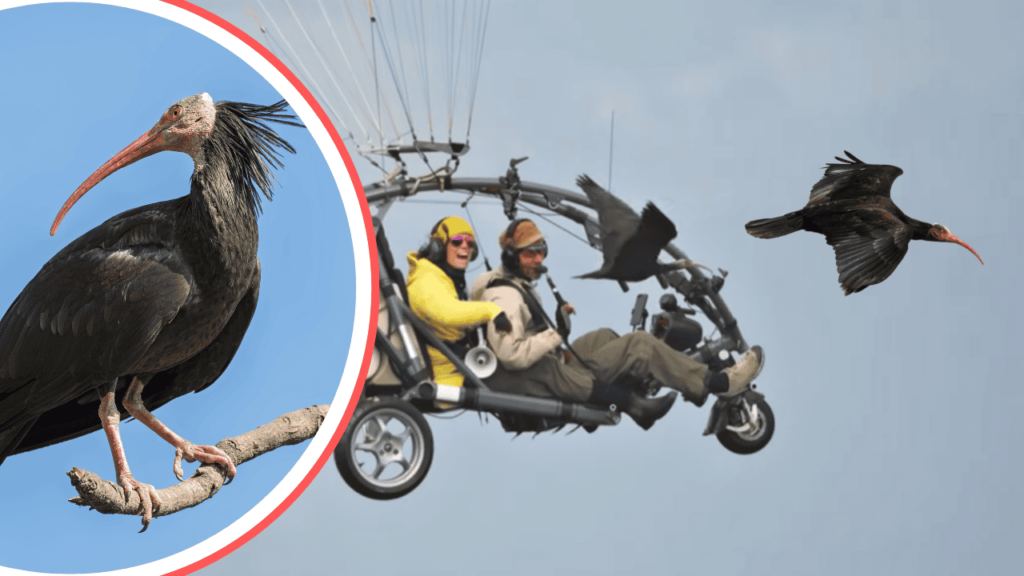If you think you’ve seen everything the American West has to offer, think again. Imagine stepping out of your car onto sun-baked asphalt, only to find yourself face-to-face with a herd of wild donkeys, their large, soulful eyes watching you with a mix of suspicion and curiosity. In this peculiar corner of Nevada, the rhythm of daily life is set not by people, but by these four-legged wanderers. Here, wild donkeys aren’t just part of the scenery—they’re the stars of the show, and the humans are the supporting cast. Venture deeper, and you’ll discover a town that has learned to live, work, and even celebrate in harmony with its unruly but beloved residents. This is not a fairy tale or a legend—it’s a living, braying reality.
Meet Oatman: Nevada’s Donkey Dominion
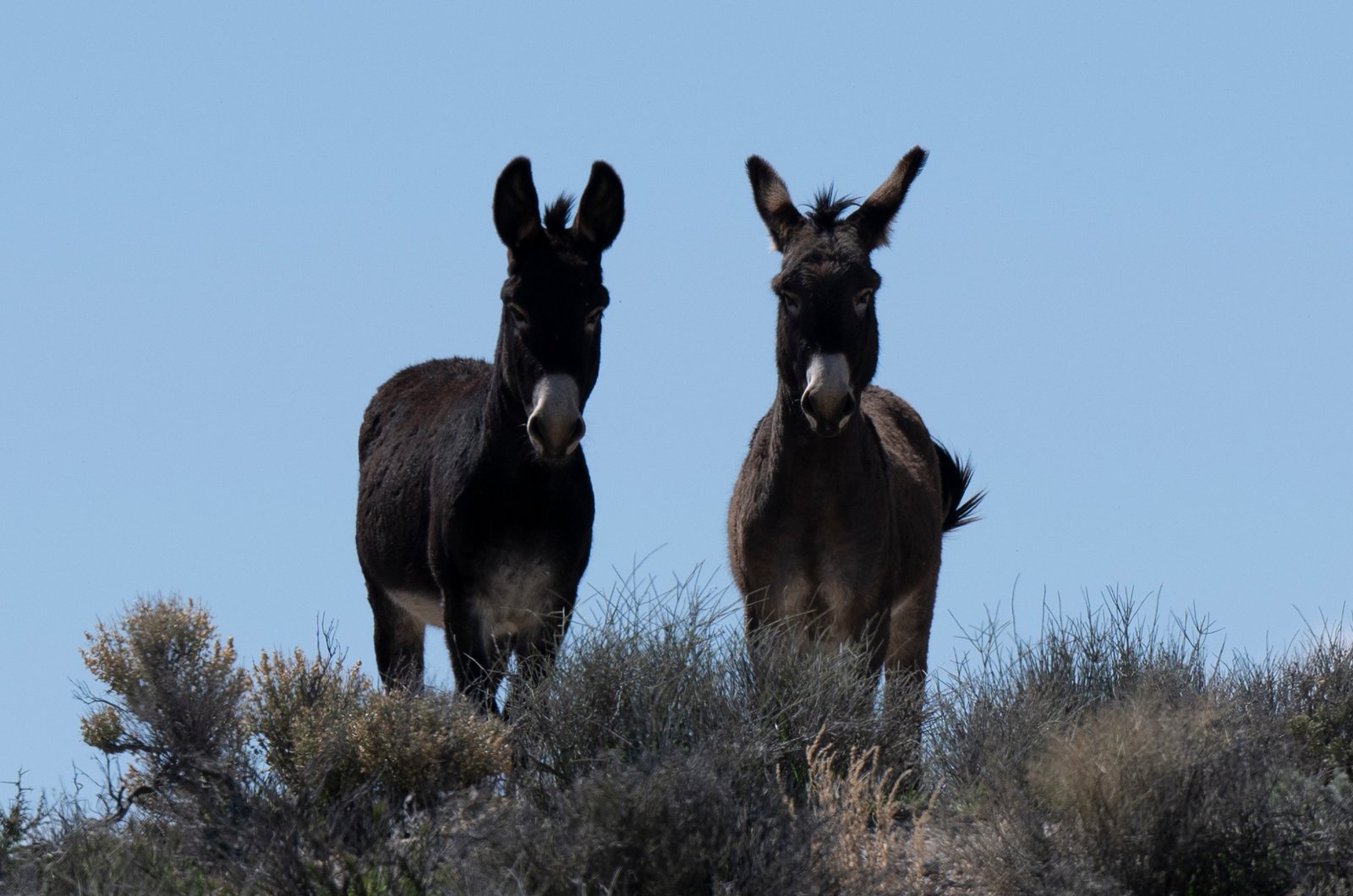
Tucked away along the historic Route 66, Oatman is a tiny town with a personality far bigger than its population. What immediately sets Oatman apart is its reputation as a haven for wild burros, the descendants of donkeys brought here during the Gold Rush. These animals roam freely through the dusty streets, often stopping traffic or poking their heads into gift shops hoping for a treat. Residents and shop owners have become accustomed to sharing their town with these persistent animals, and the donkeys are anything but shy. In Oatman, it’s not uncommon to find a burro blocking your path or even sticking its head into your car window in search of snacks.
How the Donkeys Became Local Legends
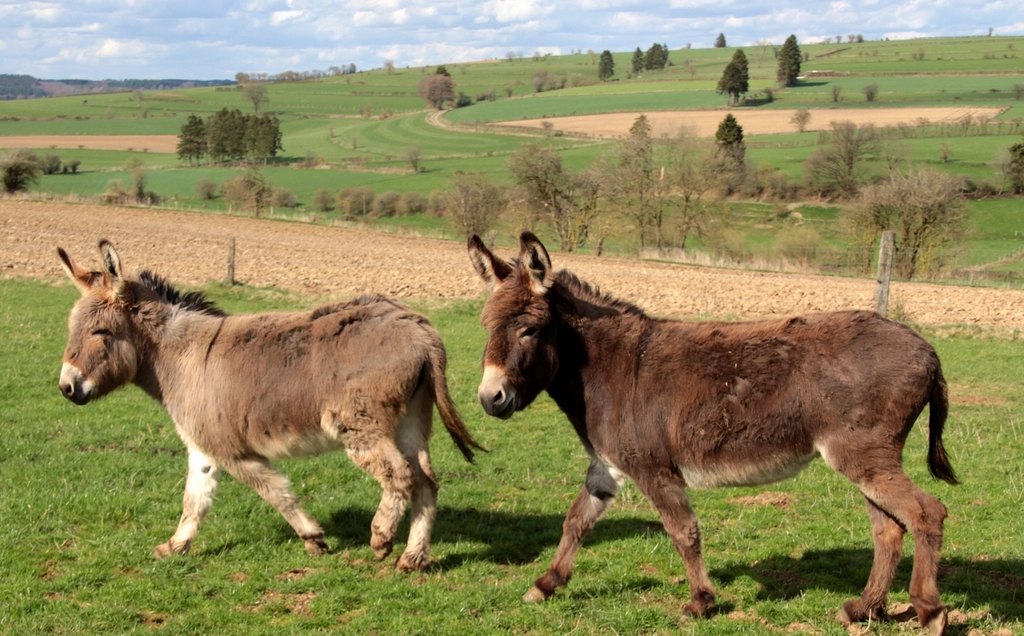
The story of Oatman’s donkeys begins in the late 1800s when miners brought burros to help haul ore and supplies through the rough terrain. When the mines eventually closed, many of the animals were set free, left to make the rugged land their home. Over generations, these donkeys adapted to the harsh conditions of the Mojave Desert, growing tough and resourceful. Today, their descendants are the true inheritors of Oatman’s legacy. They’ve become more than just animals in the wild; they’re woven into the fabric of the town’s history and folklore, inspiring tales and traditions that still echo through the region.
The Science Behind Wild Donkey Behavior
Wild donkeys, or feral burros as scientists call them, are remarkably intelligent and social creatures. Unlike horses, donkeys tend to form small, tight-knit groups, often led by a dominant female. Their natural curiosity and gentle demeanor make them surprisingly approachable, but they’re also savvy survivors. Burros have adapted to find water sources in the most unlikely places, and their digestive systems can handle tough, dry vegetation. Scientists studying these animals are continually impressed by their ability to navigate rocky landscapes and find food where other animals might starve. Their resilience is a testament to evolutionary adaptation in action.
Daily Life With Donkey Neighbors
Living in Oatman means adjusting your routine to accommodate the town’s most vocal residents. Storefronts often carry signs reminding visitors not to feed the burros too much or to keep doors closed to prevent unexpected donkey visits. Locals have developed a careful respect for the animals, understanding the importance of keeping them wild while also ensuring their safety. The donkeys, on the other hand, have learned that tourists are a reliable source of snacks—sometimes to the point of mischief. It’s not unusual for a stubborn burro to block a doorway or refuse to budge from the middle of the street until someone offers a carrot or two.
A Tourist Attraction Like No Other
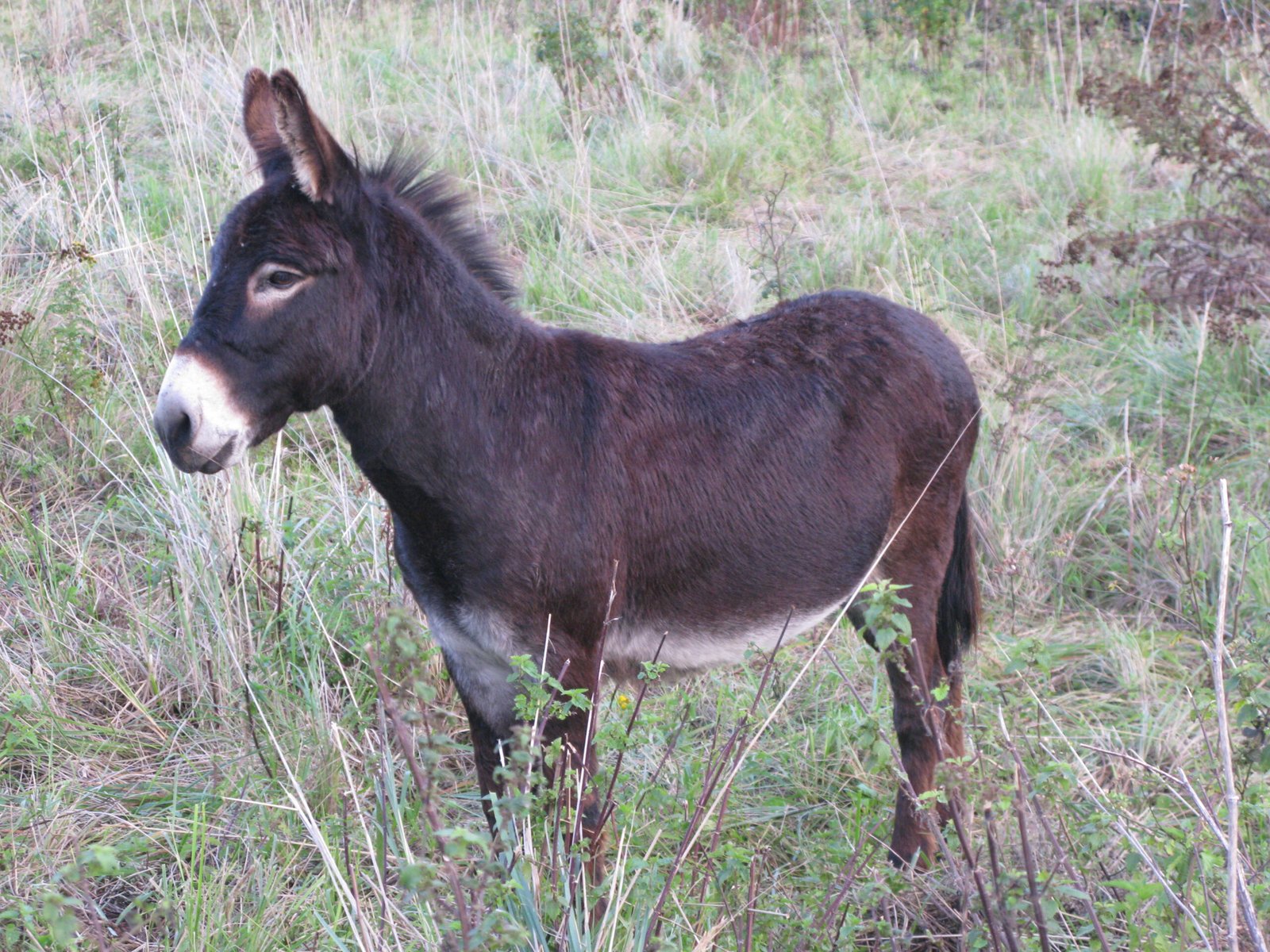
Each year, thousands of visitors flock to Oatman, hoping for their own up-close encounter with the famous donkeys. The animals are a major draw, turning what might have been a forgotten mining town into a quirky, bustling destination. Shops sell “donkey chow” (pellets approved by animal experts), and local festivals often feature burro-themed events. The donkeys have become the town’s unofficial ambassadors, appearing in selfie after selfie and charming their way into countless hearts. For many travelers, the chance to interact with these wild animals is the highlight of their trip across the Southwest.
The Ecological Impact of Feral Donkeys
While Oatman’s donkeys might seem like harmless mascots, their presence raises important questions about ecology and conservation. Feral donkeys can have a significant impact on desert ecosystems, sometimes competing with native species for scarce resources like water and food. Land managers and scientists have studied the effects of burros on local plants and animals, sparking debates about how best to balance animal welfare with environmental health. Still, the donkeys’ cultural and historical value makes them a cherished part of Oatman’s identity, complicating efforts to manage their population.
Community and Conservation: A Delicate Balance

The people of Oatman are fiercely protective of their donkeys, but they also understand the need for responsible stewardship. Local organizations work with wildlife officials to monitor the health of the herds and to educate visitors about proper interactions. Efforts to maintain a sustainable population include periodic health checks and, when necessary, humane relocation of some animals to new homes. It’s a delicate dance—preserving the wild, free spirit of the burros while also ensuring the town and its environment can thrive.
Donkey Day Celebrations and Local Traditions
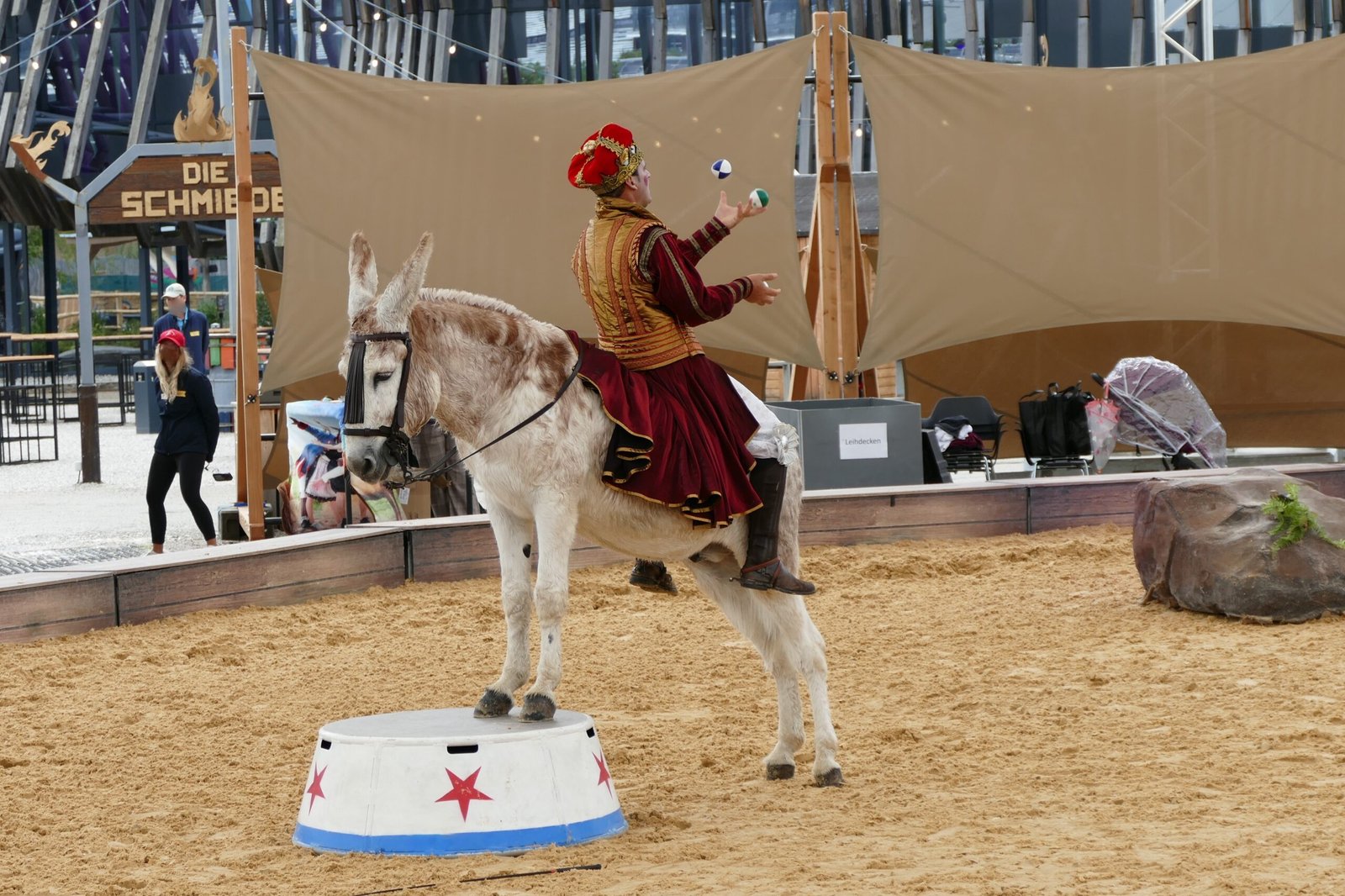
Oatman celebrates its wild residents with annual festivals that draw crowds from across the country. Donkey Derby Days, a highlight of the local calendar, features races, parades, and even donkey-themed costume contests. The event is both a nod to the town’s mining past and a joyful affirmation of its unique present. Visitors are encouraged to learn about the animals’ history and to support conservation efforts, making the festival both fun and educational. For many, the sight of donkeys trotting through the main street, cheered on by laughing children and smiling adults, is pure magic.
Science and Research in Oatman’s Backyard

The wild donkeys of Oatman have attracted scientists interested in animal behavior, genetics, and adaptation. Recent studies have explored how these animals manage to survive in arid environments and how their social structures evolve over time. Researchers use GPS collars and observational studies to track movement patterns and interactions within herds. The findings not only inform local management strategies but also contribute to broader understanding of feral species worldwide. Oatman has thus become an unexpected hotspot for ecological research, reminding us that even small towns can play a big role in scientific discovery.
What the Future Holds for Oatman’s Donkeys
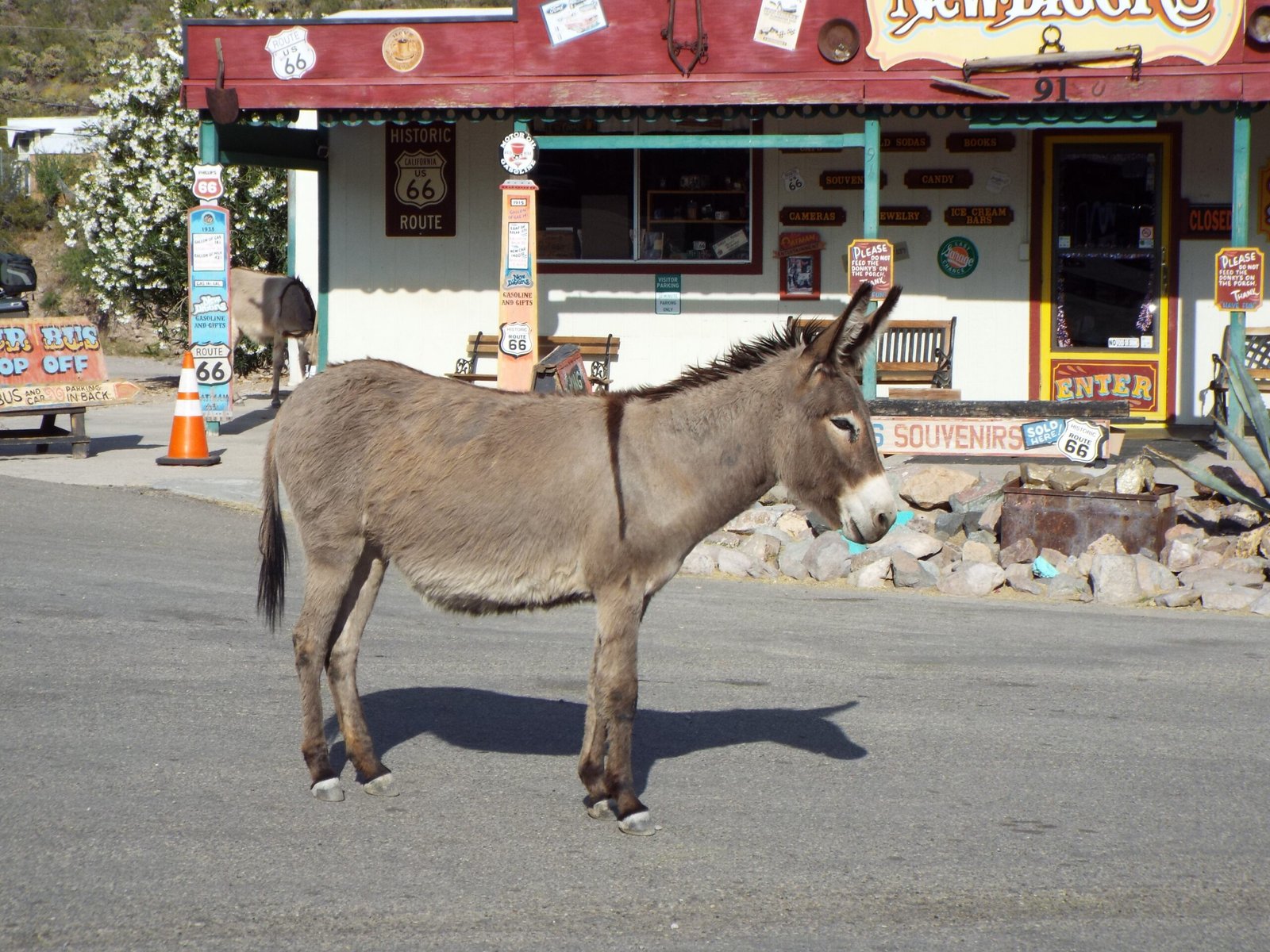
As Oatman continues to grow in popularity, questions about the future of its donkey population loom large. Climate change, tourism, and shifting land use all present new challenges. The town’s commitment to preserving its unique character while adapting to modern realities will be tested in the years ahead. Community leaders and conservationists are working together to develop strategies that keep both people and donkeys safe, healthy, and happy. Through careful planning and a spirit of cooperation, Oatman hopes to remain a place where wild donkeys truly run the show.
Why Oatman Captures Our Hearts
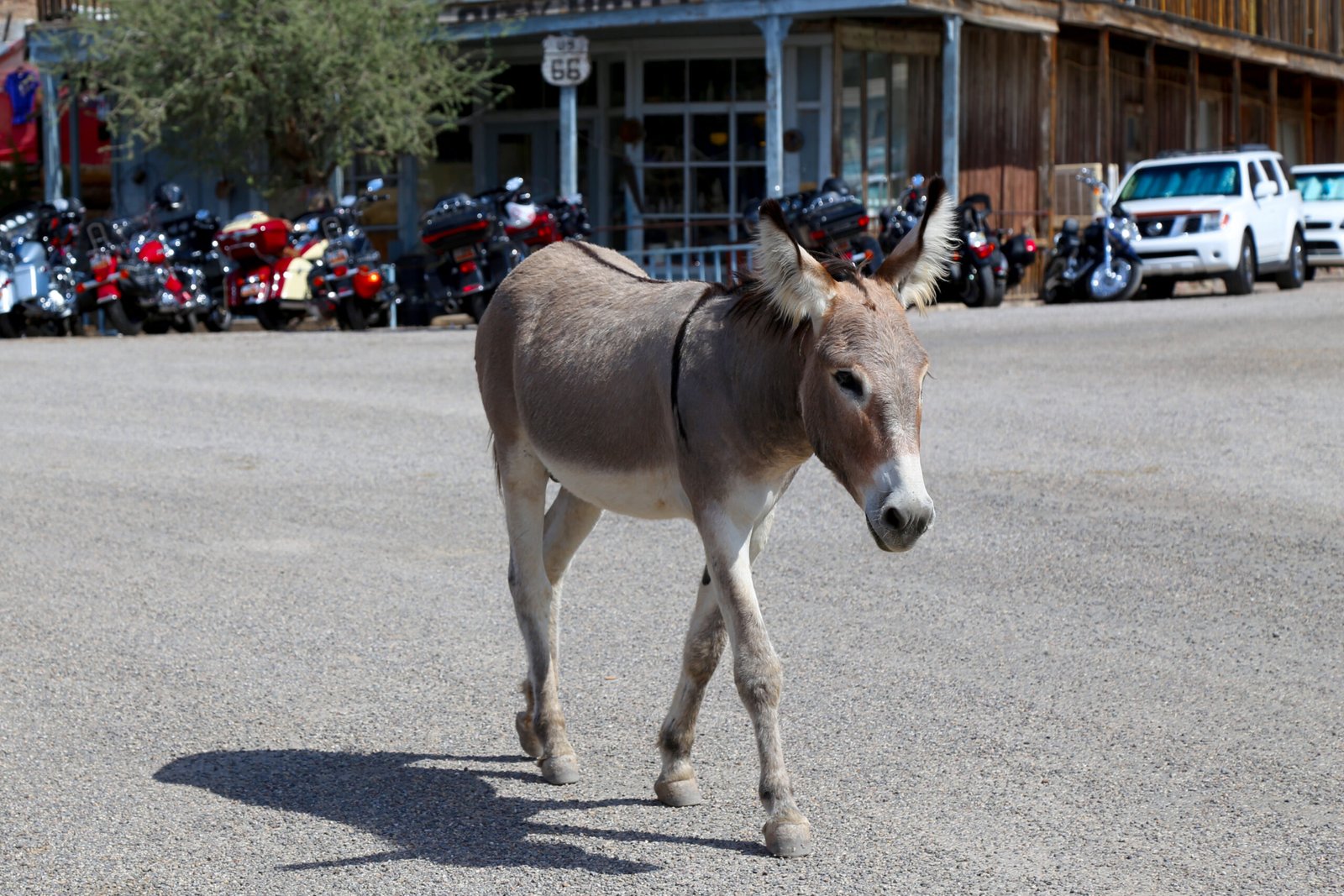
There’s something undeniably enchanting about a place where wild donkeys roam free, mingling with townspeople and visitors alike. Oatman’s story is a reminder of how nature and humanity can coexist, even in the most unlikely circumstances. The relationship between the town and its burros is built on mutual respect, resilience, and a shared sense of adventure. For anyone lucky enough to visit, the experience is unforgettable—a living testament to the wild, wonderful spirit of the American West.



